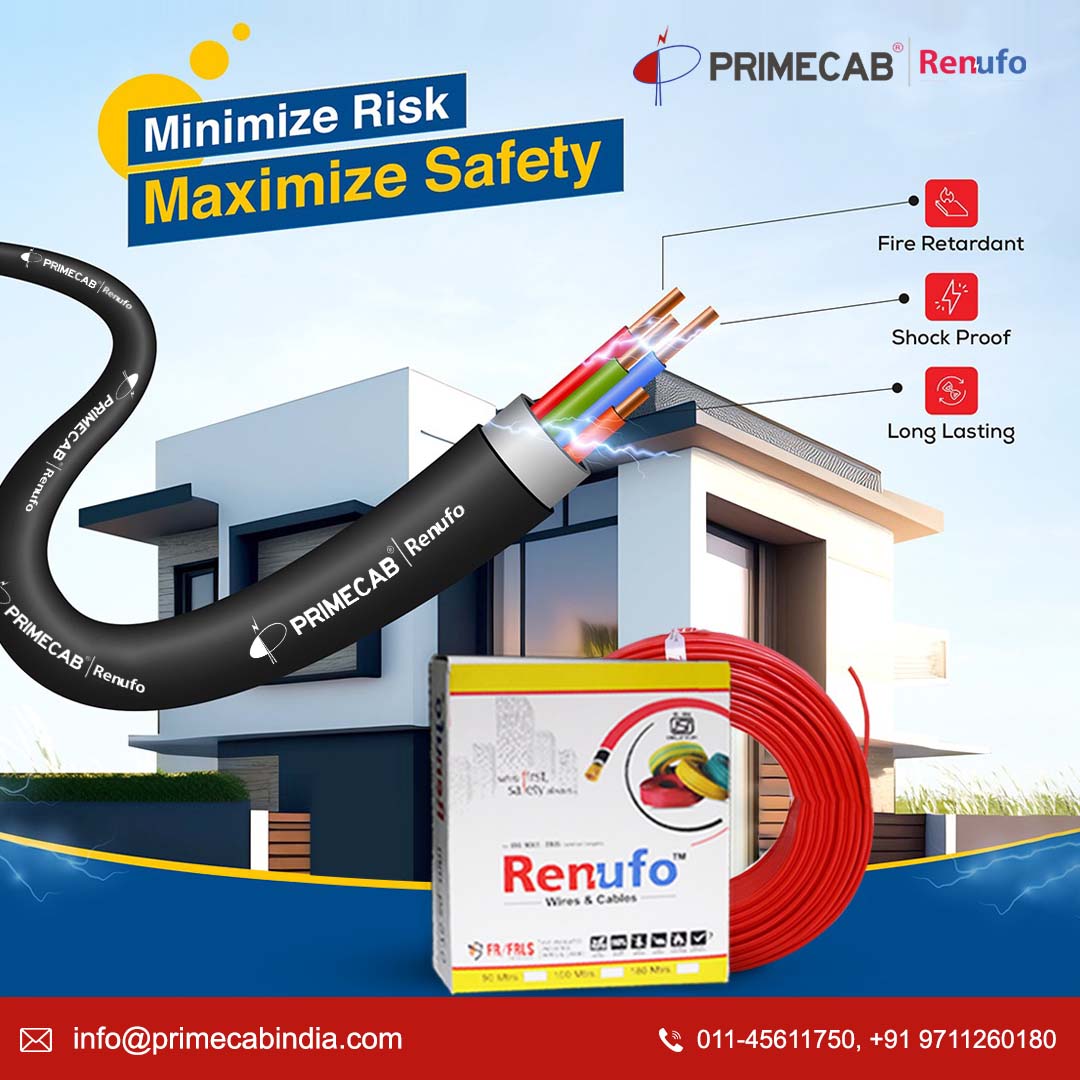How to Lift and Store Cable Drums at Site?
Cable drums are round objects. They are shaped like a spool. They are made of wood, plywood, plastic or steel. Cables drums have been in use for decades. They are very useful. They are used to transport wires, cables, fiber optic cables, etc. They are available in different weights, and sizes. They store cables without causing any damage, provided you use them in a proper way. Even if cable drums are strong, you need to follow certain guidelines to store them and avoid damage to cables or wires.
In this post, we’re summarizing some recommendations to handle cable drums, especially how to store them at the site.
Lifting Cable Drums
When lifting drum cables, we need to be extra careful. Use a shaft through the center and wire spreader. In case you don’t have a shaft, use a ling wire with a lift to protect the side of the drum from damage. Be careful enough to protect the cable head. They should not be pinched between wire and drum. Remember, to move or store drums in an upright position. Use a fork, which should be longer than the drum.
Storing Cable Drum
Always store drum cables on a hard surface. Since drums can roll, using barriers or wedges to prevent them from rolling is recommended. In case the storage surface is soft, and not flat, then elevating the drum off the ground is a smart idea. It prevents the cable drums from damaging cable or wires. Moreover, never store them lying flat on the side. This will create unnecessary stress on cable-layers at the bottom.
Conclusion
Handling cable drums is not a cup of team. Only professionals can do this. Right from loading, unloading and storing, at every stage, we must be careful enough. Even a minor mistake can damage the cables, wires and drum. Proper storage reduces the operational and maintenance requirements as well as eliminates service interruption.






